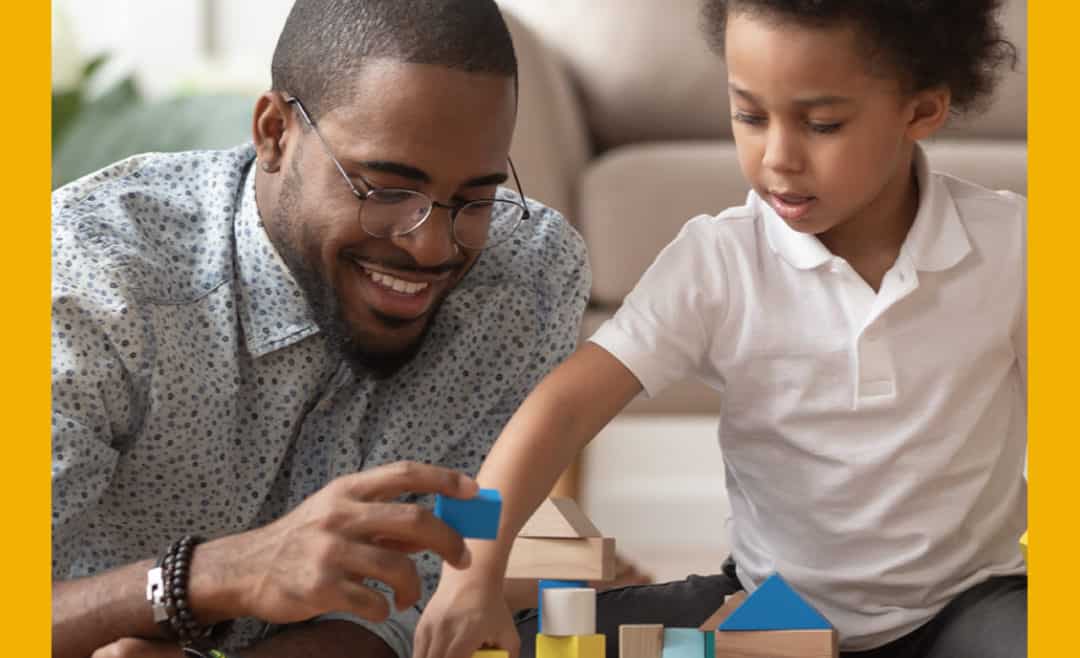As we think about the things that we’re grateful for this holiday season, let’s all remember to be grateful for the things that make us different – the things that make us special.
One of the best parts of the work we do is meeting children who are extraordinary in so many ways. They see the world differently, approach it with a completely unique point of view, and they all have something to teach us about what we take for granted in our lives.
With that in mind, we wanted to share a few motivational stories that have inspired us. Just try watching these amazing kids (and one adult) without smiling.
Ezra was born with just one finger on his left hand and a leg that curved inward. Shortly after he was born, the doctor told his parents that his leg would need to be amputated. Eventually Ezra did lose his leg, and the doctors were able to transplant his big toe from his amputated foot onto his left hand.
Now Ezra is 12, and with the help of a prosthetic leg, he takes great joy in sports and is also a motivational speaker. In fact, he’s so good at inspiring others that he was brought into the Golden State Warriors’ locker room to give his motivational speech to the team – what an amazing young man!
We just love this video of pairs of children being asked what makes them different. As an adult, you’ll probably visually spot all sorts of differences between the children without even thinking about it, but as you’ll see, the children see things a bit differently.
This video has been around for a long time, but it’s worth revisiting. Here we get a glimpse of little Jessica pumping herself up in the mirror with a daily affirmation about all the things she loves in her life and, basically, how she’s going to go out and crush it. You go, Jessica!
This amazing teacher has a wonderful message that we as parents, therapists, and friends can all learn from – the basis of learning is relationships. Children, she says, do not learn from people who they don’t like. In order for children to learn and grow, they need to know that we believe they can learn and grow, that we see their potential. Children also need to know that we’re proud of them and we like them for who they are right now.




